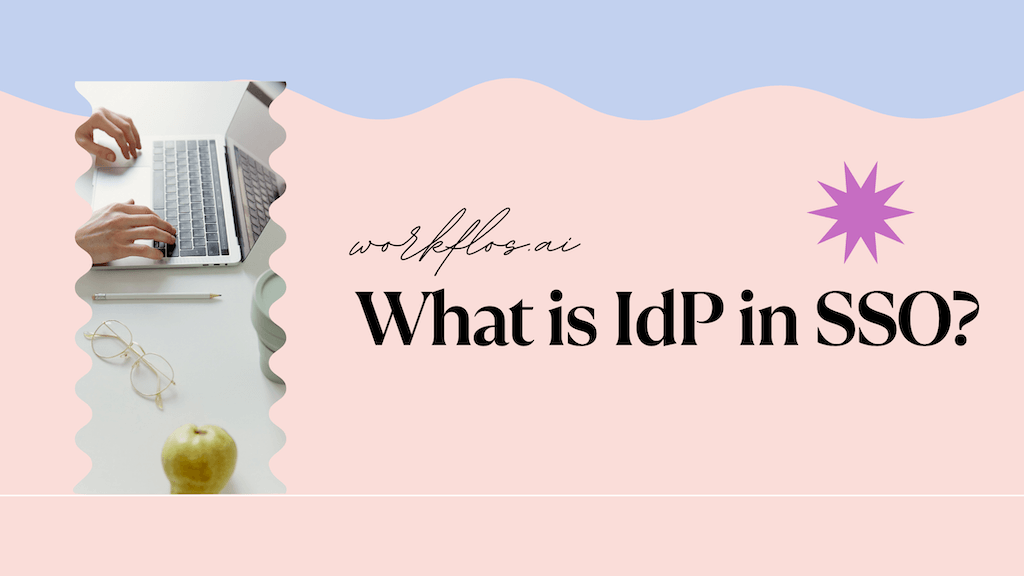
Introduction
An identity provider (IdP) plays a crucial role in digital authentication by verifying user identity information and issuing tokens. These tokens serve as identity credentials and are used in single sign-on (SSO) to prove the user’s identity to other services, such as servers or applications. In essence, the IdP acts as a central hub for managing user identities and enabling secure access to various applications and services. Without the IdP, the authentication process would be much more complex and prone to security risks.
What is IdP in SSO?
IdP is the digital service that concerns itself with authenticating users and issuing them with identity credentials. It’s used in single sign-on (SSO), where it verifies user identity information and issues tokens.
In general, an IdP is responsible for determining whether or not a user should be granted access to resources based on their credentials. The most common scenario involves email addresses being used as identifiers, so we’ll use that example here: if you try to log into Facebook using your email address as the username and password but don’t have an account already created, then Facebook will ask if they can create one for you based on those details–this process happens at the IdP level rather than being handled by some other system further down the line like Google or Microsoft would do internally when someone signs up via their respective domains.
Definition of Identity Provider
IdP is a digital service that concerns itself with authenticating users and issuing them with identity credentials. In the context of single sign-on (SSO), it is the entity that manages user authentication for an organization’s domain name and/or websites. The IdP acts as an intermediary between a web application (such as your company’s HR portal) and its associated service providers by providing access to information about users in order for those services to verify their identities.
For example, say you want to log into your company’s HR portal but don’t remember which password you used last time or what email address was associated with your account–this could be frustrating! However, if there was an SSO solution in place between your HR portal and other systems within the organization, such as payroll and benefits management tools, then it would only require one login credential (i.e., username). This means that once you’ve authenticated yourself through either Google or Facebook Connect on these sites by entering their respective usernames/passwords (which are stored securely), then those same credentials will automatically apply when accessing any other services within this ecosystem – no need for additional logins required!
An identity provider (IdP) is a digital service that concerns itself with authenticating users and issuing them with identity credentials.
An identity provider (IdP) is a digital service that concerns itself with authenticating users and issuing them with identity credentials.
IdPs are commonly used in single sign-on (SSO), where they verify user identity information and issue tokens. These tokens are then sent to the service provider, which uses them to authenticate users on its own system.
IdPs are commonly used in single sign-on (SSO), where they verify user identity information and issue tokens. Those tokens are then used to prove user’s identity to other services, like servers or applications that they access.
IdP is a digital service that concerns itself with authenticating users and issuing them with identity credentials. It’s used in single sign-on (SSO), where it verifies user identity information and issues tokens. Those tokens are then used to prove the user’s identity to other services, like servers or applications that they access.
Conclusion
In summary, an identity provider is a digital service that concerns itself with authenticating users and issuing them with identity credentials.


